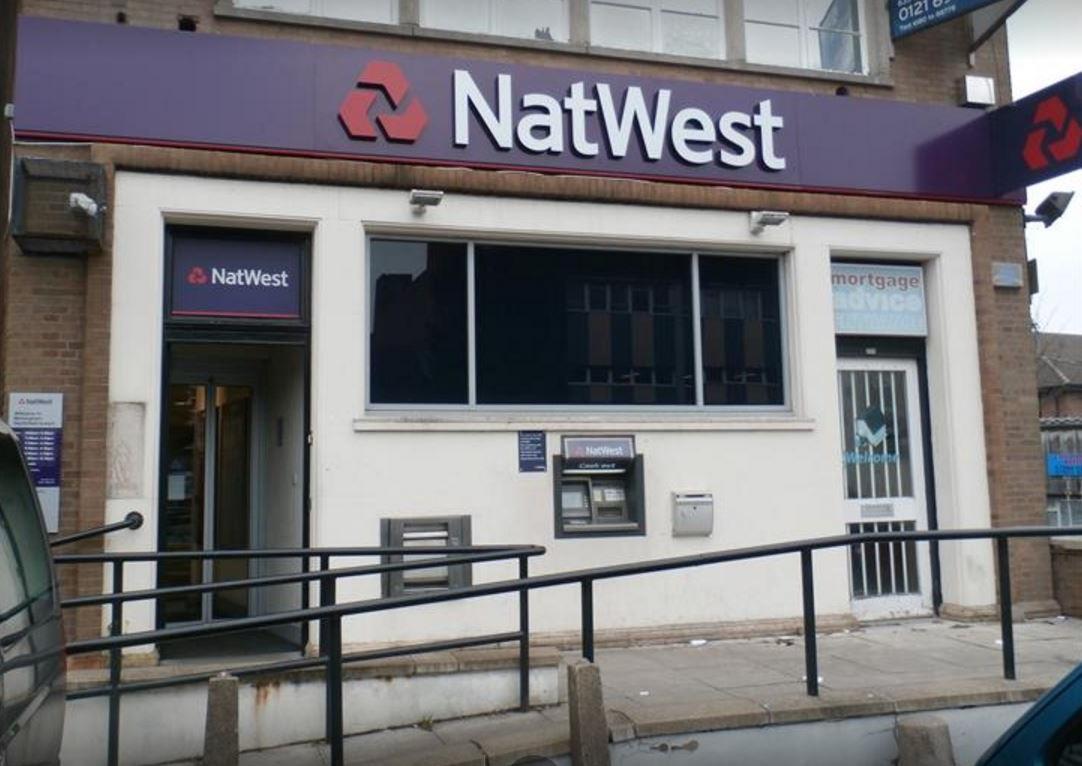Can you stop your bank branch closing?
Branch closures are back in the news. But is there any way to prevent yours from shutting up shop?

It’s starting to look like the high street bank branch could go the way of the cheque – somehow limping along but widely expected to be ditched before too long. NatWest and RBS are to shut just under 160 branches between them, and that comes on top of well over 1,000 branches from all banks and building societies that closed nationally over 2015 and 2016, according to the consumer group Which?.
To an extent it is understandable that banks are behaving this way. HSBC, as an example, reports that footfall within its banks has fallen by an average of 40 per cent over the last 5 years as a result of customers turning to banking online.
And research carried out by CACI on behalf of the British Banking Association shows that customers used their mobile phones to check their current accounts 895 million times in 2015 alone, which is more than double the 427 million times they entered their branches. Two years on and there is no evidence that trend is reversing.
The same report predicted that by 2020 that number will rise to 2.3 billion times, far more than internet, branch or telephone banking combined.
But, as Which? highlights, while 56 per cent of people now use online banking, including apps, that still leaves 20 million who rely on bricks not clicks.
Can you stop a branch from closing?
There have been a number of protests against specific branch closures but, by and large, they have failed. And, in a surprising development last year, the Campaign for Community Banking Service closed down, with its founder bluntly telling the press that the public should not be misled into thinking they can stem the tide of closures.
The organisation had campaigned for banks to be made to club together and launch neutral shared branches, yet this was never supported by the Government or the banks themselves.
So far, so bleak for those who want to know that there is a real branch they can visit to discuss their finances face-to-face with a real person.
It’s no longer even possible to rely on banks’ pledges to remain open. For example, RBS had previously pledged to always retain a branch in those locations where it had become the last bank in town. However, it dropped that pledge and Moray McDonald, managing director of the personal and business banking division, told the Treasury Committee why.
“We are seeing a revolution in how our customers want to bank and interact with us. We have been literally, candidly, taken aback. In the last three years, 300 million transactions that would have taken place in branch now take place online or on mobile. We have 6 million habitual online users and 3 million mobile users, so we have seen our customers telling us they want to do something different. We have to follow our customers and decide where we want to invest in resource in order to support them best. As a result of that, we have decided that there are some locations where the footfall is getting so low that our customers are not using those locations.”
However, banks are not like garden centres; they can’t just close their doors and focus on their websites. The BBA and its member banks have adopted a protocol – updated last year – on bank closures.
This includes telling the community as soon as possible that their branch is to close and providing specially trained staff in branches that are due to close to help customers with alternative banking methods. It also includes working proactively with elderly or more vulnerable customers to help understand their requirements.
Most importantly, banks must ensure continued provision of alternative ways to bank. And that includes a way to actually carry out in-person banking. Enter another grand old institution looking for new ways to survive in an increasingly digital era: the Post Office.
Wait a minute Mr Postman
Around 99 per cent of UK personal bank customers and more than three-quarters of business customers can now do their day-to-day banking within any of the 11,000 Post Office branches across the UK. Admittedly, only basic banking such as balance enquiries, cash withdrawals and business deposits, although customers can also access the Post Office’s own range of financial products such as insurance, mortgages and savings.
A spokesperson for the Post Office explains: “Our branches provide a balance between the clicks – mobile and online – and bricks – a physical local presence for face-to-face transactions. By making sure alternative counter-based banking services are accessible through the Post Office, the impact of local branch closures on communities can be minimised.”
She adds that the access provided by the Post Office is most welcome within remote and rural areas, as well as within the less affluent parts of towns and cities.
“The Post Office is playing an important part in financial inclusion. It is the most accessible place for handling financial transactions, particularly in remote areas – ensuring customers have the opportunity to access cash and basic banking services whenever and wherever they need, providing a vital stimulus for local businesses.”
Subscribe to Independent Premium to bookmark this article
Want to bookmark your favourite articles and stories to read or reference later? Start your Independent Premium subscription today.

Join our commenting forum
Join thought-provoking conversations, follow other Independent readers and see their replies